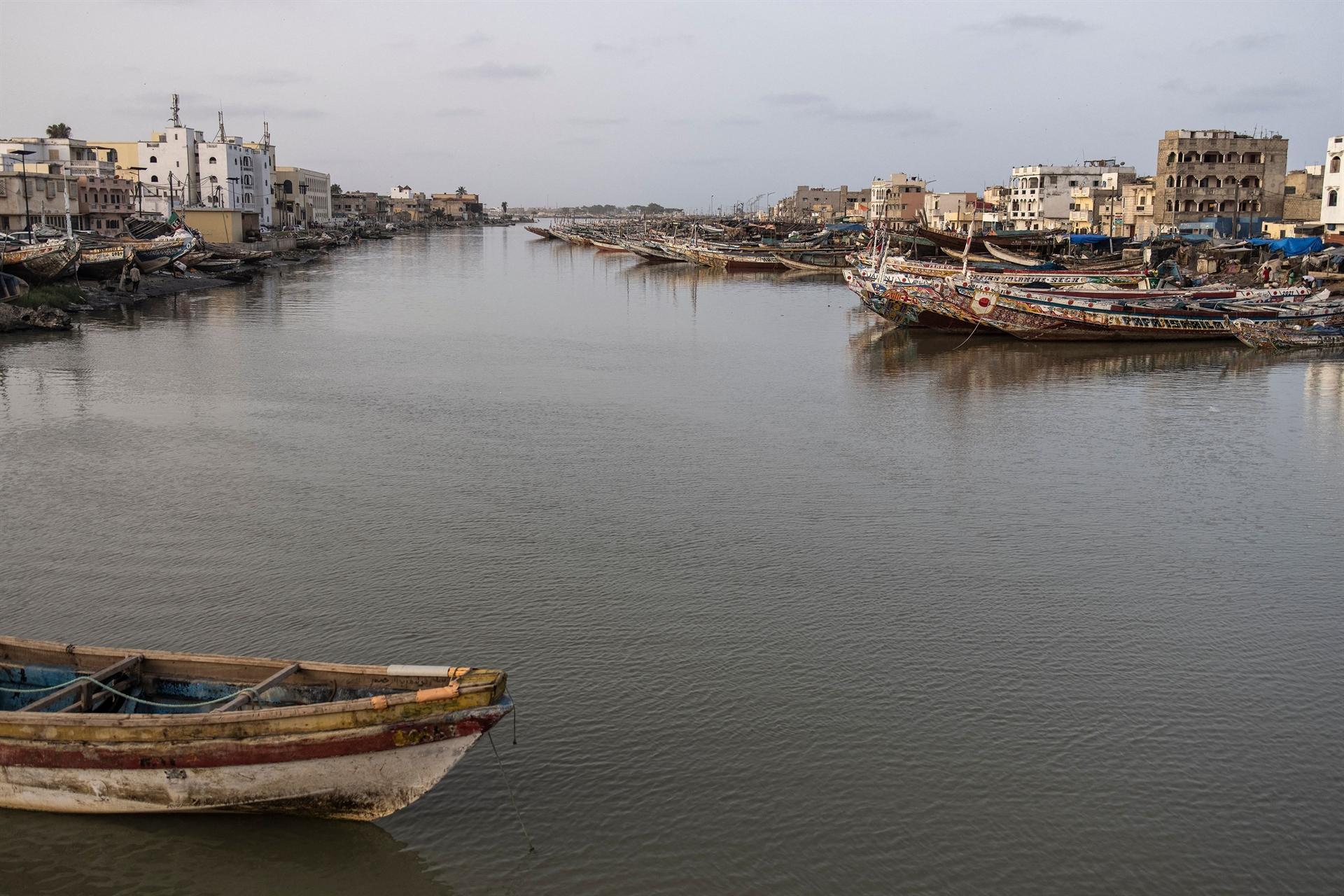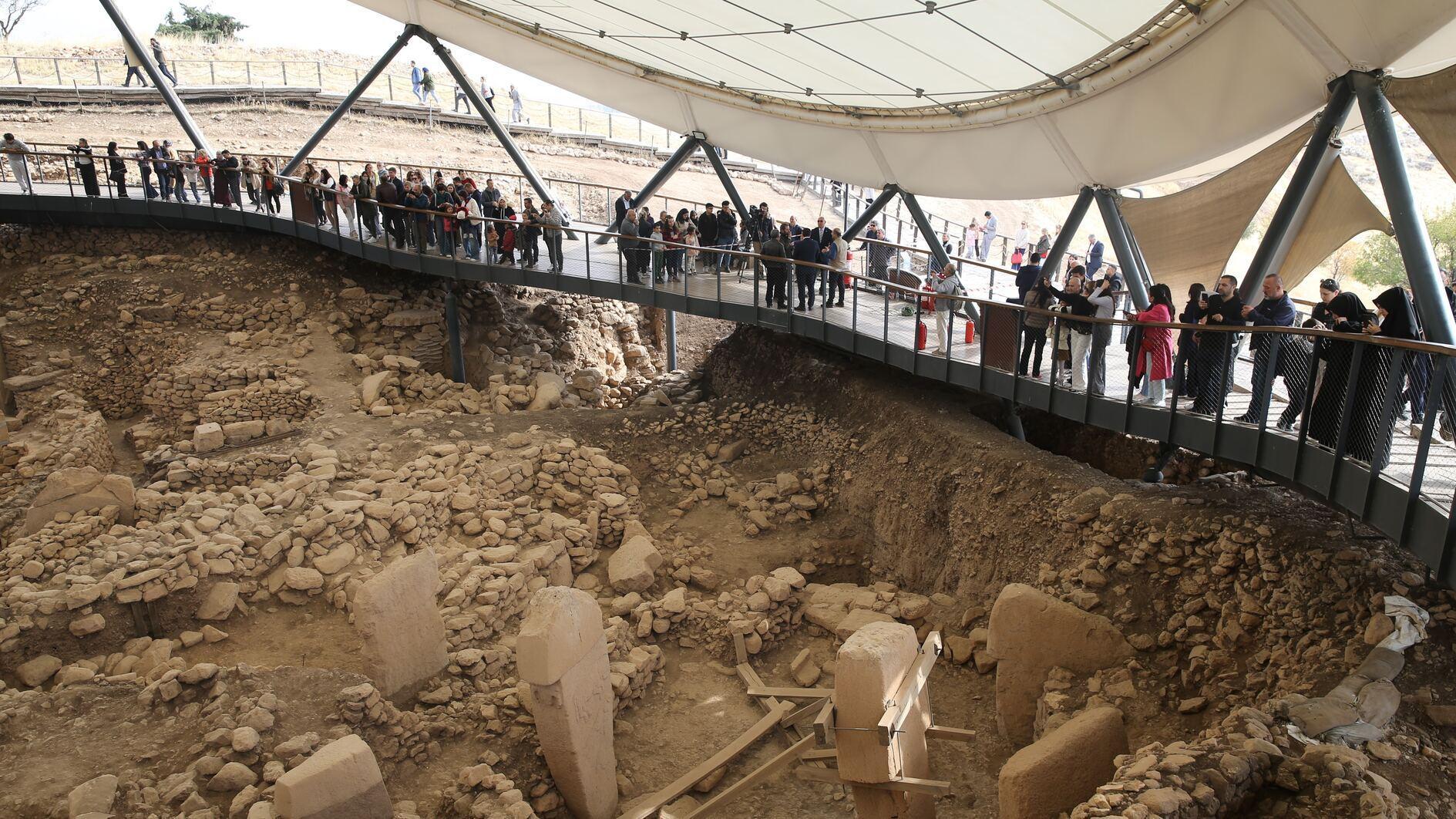Senegal’s old capital on the frontline against rising sea
SAINT-LOUIS

In the northern Senegalese city of Saint-Louis, excavators are ripping up the beach to lay giant blocks of basalt, in an eleventh-hour effort to keep the sea at bay.
When work is finished, a black sea wall will stretch for kilometers along the coastline of the West African country’s former capital, famed for its colonial-era architecture.
Dire warnings about the risk of rising sea levels due to climate change are already a grim reality in Saint-Louis, where seafront residents are abandoning their homes to the encroaching Atlantic Ocean.
But the sea wall is a stopgap. And some are skeptical that the historic city of 237,000 people can be saved at all.
Saint-Louis has “already been wiped off the map,” said Boubou Aldiouma Sy, a geography professor at the city’s Gaston Berger University.
Its unique position, near the mouth of the Senegal River, with both the swollen waterway and the ocean on its shorelines, means that its long term existence has always been in doubt, he said.“The role of man is to accelerate the process,” Sy added.
Founded by the French on an island in the mid-17th century, Saint-Louis became a hub for European traders, playing an important economic and cultural role in the region.
It served as the capital of the French colony of Senegal until the capital moved to Dakar shortly before Senegal’s independence in 1960.
From the original island, the city spread on both sides, onto a long, thin sandy strip of land known as the Langue de Barbarie to the west and eastwards onto the mainland.
Its colorful, historic balconied houses and double-storied villas have helped make the island a UNESCO world heritage site and the city hosts a renowned annual jazz festival.
But Saint-Louis stands only a few meters above sea level.
Long a problem, floods have become more severe in neighborhoods such as Guet Ndar, a packed fishing district where brightly painted wooden canoes line the shore.
Coastal erosion is also eating away at the shoreline.
Many locals have had little choice but to move to a displacement camp inland as their homes have been swallowed up by the raging sea, the erosion and the crumbling ground beneath them.
Saint-Louis is a particularly acute example of problems common across several coastal metropolises in West Africa, Sy said, pointing to Ivory Coast’s main city and economic hub Abidjan, or Guinea’s capital Conakry.
Erosion is causing the coastline to recede by some 1.8 meters a year across the region, according to a 2019 World Meteorological Organization report.
Likewise, the U.N.’s Intergovernmental Panel on Climate Change said this year that sea levels on the West African coast are rising by between 3.5 and four millimeters annually.
With its unique layout surrounded by water, Saint-Louis is on the front line.
















